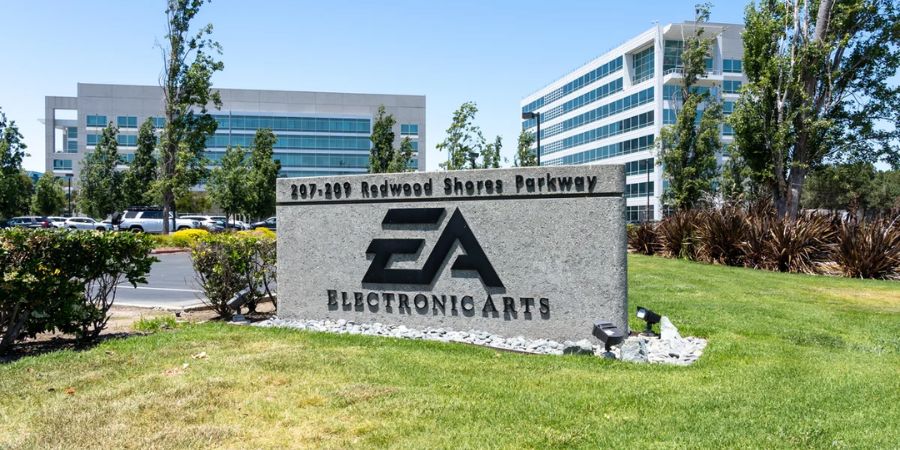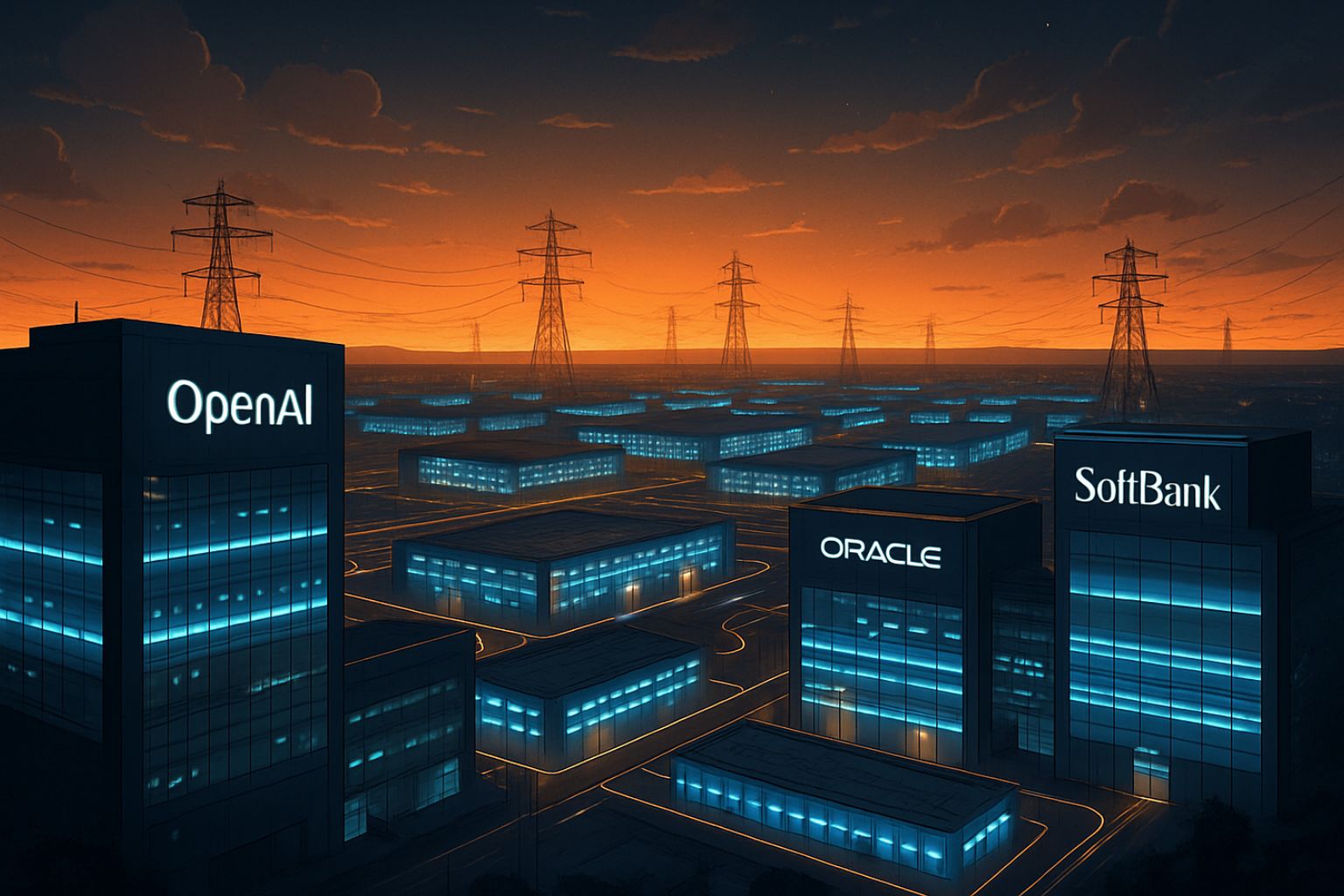The AMD and OpenAI deal has sparked significant attention as AMD’s share price raised after the company announced their multi-billion dollar contract to supply chips to OpenAI, marking one of the most important moves in what stands to be a competitive race for AI chip market dominance. Under the terms of the multi-year GPU supply agreement, AMD will supply OpenAI with up to 6 Gigawatts of AI computation usage across multiple generations of chips, beginning with the MI450 series in the latter half of 2026. This AI hardware partnership highlights the capabilities of each company toward long-term expansion of AI capabilities on a global basis.
Equity Ownership and Milestones
As part of the AMD and OpenAI deal, OpenAI will have the option to buy up to 160 million shares of AMD stock, approximately 10% of the company. Shares will vest in separate tranches, in concert with AMD achieving performance-based milestones. The first tranche will vest as soon as AMD achieves deployments of 1 Gigawatt of their chips. Additional vesting will occur as AMD achieves measurable milestones related to an increase in share value, tying long-term growth and profitability to the execution of operations for shareholders.
These equity shares are a demonstration of OpenAI’s confidence in AMD’s technical direction and ultimate growth in future markets while also strengthening their AI hardware partnership to unlock opportunities for net positive gain for both parties.
Market Reaction and Stakes
Investors reacted quickly and decisively to the news. AMD stock surge reports revealed a 20-25% rise in premarket trading, reaching its highest levels in over a year. One news report indicated AMD had traded more than 30% higher at one point during the day, which would mark the largest single-day market capitalization gain in AMD history.
Analysts see this AMD and OpenAI deal as a significant moment for AMD in the AI chip market, as AMD is clearly moving away from being considered a second-tier player in the AI industry growth, to being perceived as a serious competitor in an industry that has long been dominated by Nvidia.
Strategic Implications and Rival Moves
This AI hardware partnership puts AMD in direct rivalry with Nvidia, which most recently said it plans to provide OpenAI with 10 gigawatts of total compute capacity over the next several years. AMD’s collaboration will position the company to get even more involved with the future of AI chip market infrastructure and hardware.
AMD expects the relationship to produce tens of billions of dollars in revenue each year. The total boost to revenue from AI customers could surpass $100 billion over the next several years.
The partnership gives OpenAI more diversification in chip supply and redundancy regarding reliance on a single source. The GPU supply agreement ensures stability, while also fueling AI industry growth by expanding OpenAI’s access to high-performance computing resources.
Context: AMD’s Recent Performance
Over the course of the year, AMD’s performance had lagged that of Nvidia, with AMD’s stock appreciating about 1% compared to Nvidia’s 52% increase. Yet over the last six months, AMD has made substantial progress with a 75% increase, while Nvidia’s performance over that same period had been about 84%.
This new collaboration might be an even bigger boost for AMD’s momentum and its role in the rapidly growing AI chip market, and it may help allay investor concerns that have weighed on AMD stock surge regarding its longer-term growth potential.
Risks and the Bigger Picture
The success of this collaboration rests on AMD’s capacity to deliver aggressive performance and delivery targets with competitors in the space. Each of these targets is linked to OpenAI’s equity vesting, emphasizing the pressure on AMD to deliver results.
There are also concerns about an “AI bubble” where rapid, maybe unsustainable, investments will far outpace fundamentals in some parts of the AI industry growth. Some industry leaders, notably Jeff Bezos, have cautioned that certain parts of the AI boom would solely rely on speculation. Still, the global appetite for computation continues to show significant demand across use cases, suggesting that the AI hardware market will remain strong in the near term.
The Road Ahead
This AMD and OpenAI deal signifies a significant change in AMD’s progression. If AMD can fulfill its commitments and performance goals, it will not only change the course of the company but also reshape the competitive environment for AMD GPUs in the AI chip market. The AMD stock surge and strengthening of AMD GPUs distribution indicate how this collaboration could redefine the next phase of AI industry growth. Whether AMD can sustain this momentum or claim to be a legitimate player in the next wave of AI remains to be seen, but one thing is certain; the AMD GPUs powering this alliance have already marked a new chapter in the global AI revolution.










